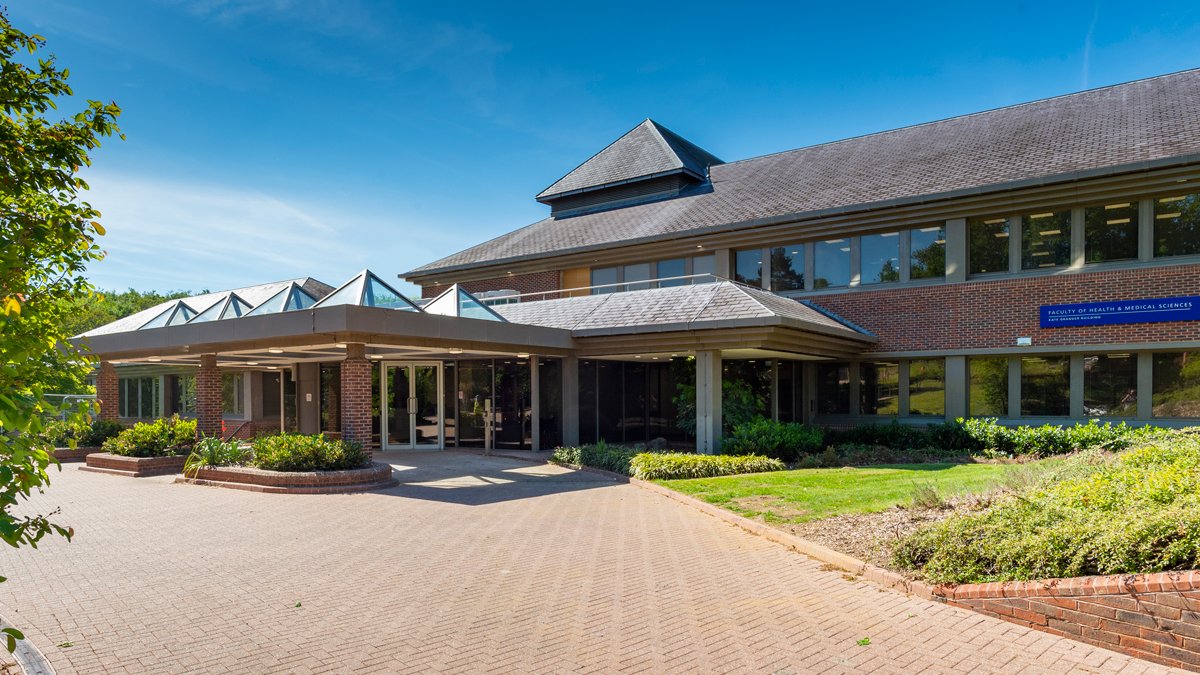Why we are based in The Kate Granger building
Deputy Dean of the Faculty of Health and Medical Sciences and Head of the School of Health Sciences, Melaine Coward shares how Kate Granger's legacy inspires our practice at Surrey.

Kate Granger was a consultant geriatrician in the National Health Service (NHS). She also had a desmoplastic small-round-cell tumour – a rare and aggressive form of abdominal cancer. Kate was first diagnosed at the age of 29 and died just five years later. But she used her experiences as a cancer patient to raise awareness of the importance of medical staff being more caring and compassionate in their dealings with patients with cancer or other serious illnesses.
She highlighted that too often, healthcare professionals were coldly scientific when speaking to patients. They didn’t offer the support or empathy that patients needed, when being informed of their diagnosis, or when receiving complex, worrying and painful therapies. Frequently, they didn’t even take the time to say hello and introduce themselves to the patient.
Kate herself explained why this apparently simple step matters so much:
I firmly believe it is not just about common courtesy, but it runs much deeper. Introductions are about making a human connection between one human being who is suffering and vulnerable, and another human being who wishes to help. They begin therapeutic relationships and can instantly build trust in difficult circumstances.Kate Granger
#hellomynameis
In 2013, she and her husband started a campaign called “#hellomynameis.” Its aim was to encourage medical staff to make that initial connection with the patients they were supporting. It had an immediate impact, and quickly secured the support of hospital staff from doctors to porters – as well as NHS leaders. More importantly still, it served as a fundamental reminder to everyone working in healthcare of the need to put the patient at the centre of everything they do; that patients are people, not cases or numbers.
That same principle is at the heart of everything we do in the Faculty of Health and Medical Sciences – whether undertaking a medicine degree or any of our other courses. That’s why I’m hugely proud that Kate’s husband Chris allowed us to name our faculty building after Kate. And I urge every student to find out more about Kate’s campaign, and become part of her legacy.
